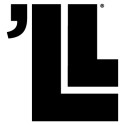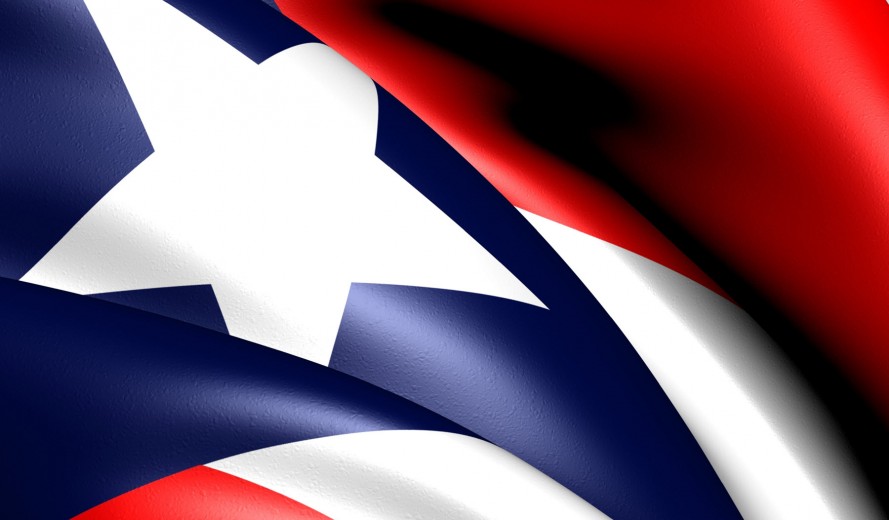The National Puerto Rican Day Parade. For some of us, it’s practically a national holiday. It’s the one day a year you can set foot in Manhattan and see the flag, hear the songs and see Puerto Rican culture on display. For natives, the experience provides that tingling rush usually only felt amongst family or community. Non-boricuas get a taste of the insurmountable pride New York City’s oldest Latino group possess in a very big, public way. Then, there are some of us who might grimace, shake our heads at the desfile being mentioned and/or vow to stay away from the city that second Sunday in June. Que, que?! Not all Boricuas love the parade? The answer is: no, some of us even take issue with it.
Why? It’s more than just the usual annoyances — traffic, crowded sidewalks, etc. — that come with attending a large outdoor event. It’s the understood, but unspoken, flipside of the day: that many people (Puerto Rican and non-Puerto Rican alike) who attend know little about the island nation (even its location on a map), it’s history (the world’s oldest colony), the community (we’re American citizens), or the issues and challenges it and those in diaspora still face (we’re still the poorest, least educated ethnic group in the US). As a New York Boricua that started going to the parade in high school I loved being around mi gente, relished the smells, sights and sounds on the street and the frenzy that a flag wave created. Then it got popular and wilder and sometimes dangerous. I watched dudes roam in packs aggressively propositioning women. I saw girls assaulted. I saw folks who previously cracked on my culture suddenly jump on the Puerto Rican bandwagon. My enthusiasm went from unquestioned happiness to brow-furrowing speculation. What were we there to do again? Who and what were we celebrating? The meaning — to showcase the accomplishments and people — felt lost. So I stopped attending.
Jeffrey Vargas, a 39 year-old Puerto Rican from New Jersey, was a college student when he started going to the parade after hearing about it for years.
“It was something that used to capture my attention and I looked forward to going to it,”
Vargas, a tech manager and Brooklyn native, shared.
“What I disliked about the experience was that in some parts it seemed like groups of troublemakers were making it uncomfortable for people to enjoy the parade. After going to it for several years, and participating in it several times, it lost its luster.”
Other people I know were disturbed by the spectators themselves. Although Antonio Tapia, 35, grew up in the Bronx and went to the parade with his family as a child, he decided in his mid-20s to stop.
“I stopped going because I became disgusted with a number of elements at the parade,”
Tapia, an educator who now lives in Oakland, California, said.
“The behavior of many men and women who went to the parade to hit on each other [was ridiculous]; and my sense that many of the people in attendance had little idea of the political elements of Puerto Rico as well as little sense of the island’s history. The latter made me think that too many Puerto Ricans from the US were oblivious to the meaning of calling oneself ‘Puerto Rican’ (historically, politically, and even culturally).”
“It has become focused on promoting entertainment, consumer products and as a showcase for politicians who want to be seen supporting a key segment of the Latino community,”
Vargas pointed out. Whether hawking a product or looking for a hookup, the parade really has become a place for both.
Some people still appreciate the parade’s original intention — to celebrate the community and culture. The sheer joy of being surrounded by your gente is irreplaceable. That’s how Edgar D. Rodriguez, 24, a student from Portland, Oregon felt going to the parade for the first time in 2011 with his father.
“I liked spending a day surrounded by my people, listening to the same music and doing the same things that make me proud to be a Puerto Rican,”
Rodriguez explained. The way it unites Boricuas from across the spectrum impressed him the most.
“It is a great opportunity to Puerto Ricans to meet and connect with other Puerto Ricans without regard for factors that would normally separate them, such as jobs, residence, simply not knowing each other,”
Rodriguez said.
The impact and meaning of the parade whether you choose to go or not really is undeniable.
“I think it’s significant to have such a large event to highlight and celebrate a Latino group in a country that struggles with Latino and immigrant issues,”
Tapia, who took his own children several years ago, said.
“I believe that Puerto Ricans are trailblazers for Latinos in many areas, and this celebration of millions of people is a testament to the strong presence and impact of Puerto Ricans in the US.”
It has, nonetheless, been marred. In 2000, dozens of women were sexually assaulted in Central Park by male spectators near the parade route. Other wounds have been self-inflicted such as in 2010 when novela actor Osvaldo Rios was selected as International Padrino and it was revealed he served time in prison for domestic abuse. Those news reports and headlines are sometimes all that people, who know nothing about the community, see or hear. The events and resulting bad p.r. even resulted local businesses along the parade route boarding up their windows for fear that their property would be damaged. An action which in and of itself brought protest and allegations of discrimination.
Diverging opinions aside, the way the parade itself has evolved is impressive by anyone’s standards. Debuting in 1958 as a modest East Harlem jaunt, the desfile’s mission is to
“emphasize the achievements made by thousands of Puerto Ricans…to inspire our youth and instill a strong sense of self-worth and pride in our community,”
according to the organization’s website. Fifty-five years later, it is a national non-profit entity that coordinates events such as a beauty pageant, scholarship dinners and festivals throughout New York City. The parade itself is an American pop culture phenomenon. The event stretches for 35 blocks down Fifth Avenue, is nationally televised and attracts millions of people every year. Although most cities with a sizable or historic Puerto Rican community have a parade the national event is the largest outdoor ethnic celebration in the country.
Like any other event that has mass appeal, it attracts supporters as well as opportunists. At the end of the day, the biggest question really is — which side do you choose to be on?

